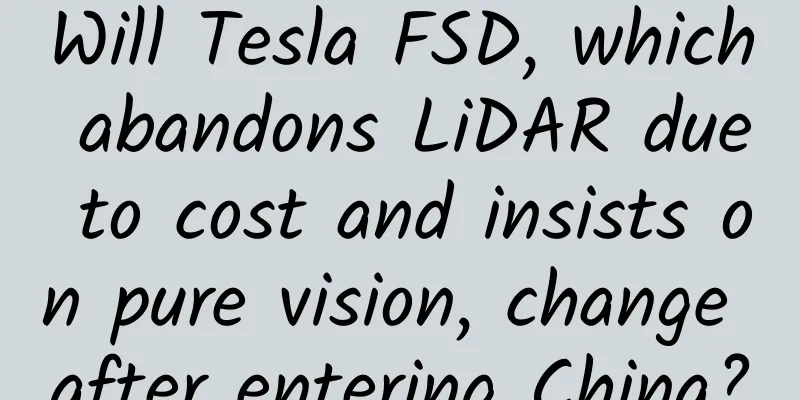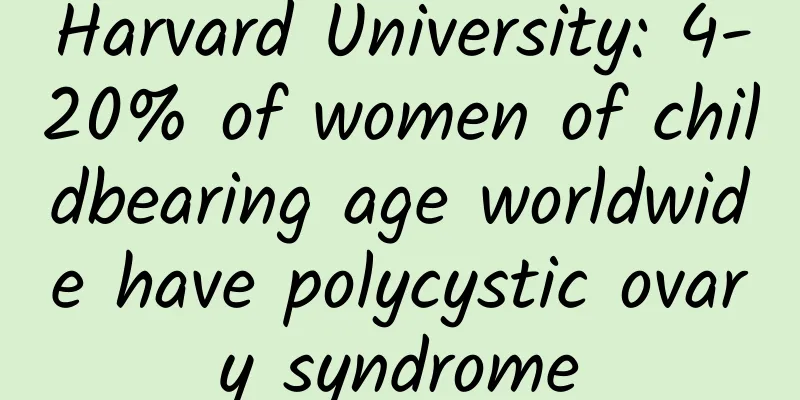Will Tesla FSD, which abandons LiDAR due to cost and insists on pure vision, change after entering China?

|
It seems that the "route dispute" of intelligent driving is no longer hot nowadays. The integrated perception route represented by "radar + camera" has occupied the absolute mainstream on the product side, and everything seems to have lost the need for debate. However, as Tesla meets the "data compliance" requirements and various regions lift restrictions on Tesla, the possibility of Tesla FSD (Full Self Driving) entering China is greatly increasing, and the smart driving track may be on the rise again. When talking about autonomous driving, Tesla cannot be avoided because it is the pioneer of pure visual technology. Tesla's pure vision route and other manufacturers' intelligent driving solutions are aimed at improving the vehicle's safe driving capabilities. While being "more human-like", they make up for the defects of human drivers in the driving process, such as distraction while driving, unclear vision, and blind spots. The main difference between them lies in the different ways of perception. The perception of the pure visual route mainly relies on high-definition cameras, which simulate the "human eye". What the camera sees is what it sees, and it all depends on "vision" to observe the external road conditions. On the question of why this route was chosen, Musk once had a simple and rough statement: humans do not shoot lasers from their eyes to drive. Other manufacturers' intelligent driving solutions use a variety of sensing components, including high-definition cameras, as well as lidar, ultrasonic radar and millimeter-wave radar. Judging from the use of components, the pure vision technology route advocated by Musk is more like a simplified version of other solutions. The intelligent driving solutions provided by domestic companies such as Jiyue and DJI are called "pure vision", but in fact they just do not have lidar. It should be called "fusion perception route" or "multi-vision route" as Yu Chengdong said, using both lidar and camera, and even canceling lidar like Jiyue, but it does not mean that it only relies on camera for perception, so it is fundamentally different from Tesla's solution. The Tesla Model Y currently on sale does not use any other road condition perception hardware except for 7 cameras; while the Jiyue 01, which also claims to be a "pure visual route", is equipped with 11 cameras, 12 ultrasonic radars, and 5 millimeter-wave radars. How did intelligent driving develop these two different technical routes? First of all, it is determined by the development history of new energy vehicles in China and the United States. In the early days of Tesla's development, its reference target was mainly traditional fuel vehicles. In order to attract consumers, it had to reduce production costs, imitate Porsche in appearance, and simplify the interior as much as possible. In order to provide longer driving range with lower capacity batteries, it also developed a single-pedal mode. The same is true for the pure vision route. In the early days of Tesla's entrepreneurship, various technical routes were tested, and even the battery replacement mode was tested. However, because there was no mature supplier of LiDAR in the United States, a 96-line product cost more than 10,000 US dollars. In the end, due to the high cost, it was not conducive to Tesla's market development, so the pure vision technology route was adopted. At first, the domestic smart driving trend was mainly driven by new car manufacturers such as Ideal, NIO, and Xpeng. On the one hand, they learned from Tesla, and on the other hand, they wanted to surpass Tesla, so they began to try to put various types of LiDAR on the car. The Xpeng P5, which was launched in September 2021, is the first pure electric mass-produced model to use LiDAR. The question is, why do domestic manufacturers use laser radar without any regrets when even Musk is reluctant to use it? The answer is: I feel sad, but not too much. China has a strong technical reserve in the field of radar, which is not available in the US market. Active phased array radar is an absolute high-end product abroad, the jewel in the crown of industry, but in China, this product is even used by farmers to monitor wild boars in sugarcane fields. There are nearly 200 passenger car LiDAR projects in the world, 90% of which are Chinese manufacturers, accounting for 84% of the global market share. Hesai alone accounts for 37% of the global market share. The product price has also dropped to the US$500 range early, which is more than 20 times lower than when Musk started his business. Today, most mid-to-high-end models in the Chinese market use LiDAR. From a practical point of view, the fusion perception solution with the protection of LiDAR is definitely better than the pure vision route. The relationship between the two is a bit like the air-conditioning fan and the air-conditioning. They can both cool down in summer and are not unusable, but you definitely know which one is more comfortable. The biggest problem with the fusion perception route at this stage is cost. No matter how much the price of LiDAR drops, it still costs money. The cost of several thousand yuan is a big burden for most models. BYD, the most profitable company in China, only makes about 10,000 yuan per vehicle. Judging from the current situation, even if Tesla's FSD system enters China, it will be difficult to change the current dominance of the fusion perception route. However, the entry-level versions of some models may try to remove the expensive LiDAR. For example, the rumor that "Xiaopeng gave up LiDAR" was widely circulated some time ago, and Zhijie S7 also launched a LiDAR-free version as an entry-level model. Just like what the internet celebrity Lu Kewen said, everything is an economic issue. The same is true for intelligent driving solutions. It is meaningless to discuss the advantages and disadvantages of the pure vision route and the fusion perception route without considering the cost. Suppose the price of LiDAR is now 500 RMB per unit. Do you think Musk will use it? Will he still say it is a "lame"? As a winner of Toutiao's Qingyun Plan and Baijiahao's Bai+ Plan, the 2019 Baidu Digital Author of the Year, the Baijiahao's Most Popular Author in the Technology Field, the 2019 Sogou Technology and Culture Author, and the 2021 Baijiahao Quarterly Influential Creator, he has won many awards, including the 2013 Sohu Best Industry Media Person, the 2015 China New Media Entrepreneurship Competition Beijing Third Place, the 2015 Guangmang Experience Award, the 2015 China New Media Entrepreneurship Competition Finals Third Place, and the 2018 Baidu Dynamic Annual Powerful Celebrity. |
>>: Faster than Hong Kong! LeEco Super 3 X55 Pro full universe video first test
Recommend
Are you using the 6 types of keywords that you must promote when doing marketing?
There are 6 common types of keywords : brand word...
Xiaohongshu promotion: 5 strategies for promoting Xiaohongshu
Xiaohongshu was founded on June 6, 2013. It was i...
Unique design integrated with "Mango TV inside" - Seven V Box Experience Review
The importance of design to a product is self-evi...
The founder of Meitu XiuXiu tells his own story: How did Meitu XiuXiu become popular? Make down-to-earth and spirited products!
Wu Xinhong, founder of Meitu , shared his experie...
Dubbo source code interpretation and practice, master the underlying source code of the framework, and improve practical development capabilities
Dubbo source code interpretation and practice, ma...
W3C CEO visits China and discusses HTML5 development in Asia Pacific
Today, Dr. Jeff Jaffe, CEO of the World Wide Web ...
How should community operations be done to make them valuable?
How to operate a community? How can we ensure tha...
Taobao discriminates against the "poor" on Double Eleven, and it's the user portrait that's causing trouble!
Double Eleven is coming soon, and many friends ha...
How to quickly increase your store sales from 0 to 3,000
1. Background Store promotion will start on Novem...
The 2023 United Nations Climate Conference opens. What can we do about climate change?
On November 15, the Ministry of Ecology and Envir...
Didi Zhang Wensong: Technology changes life, using big data to "solve traffic jams"
【51CTO.com original article】 “ Zhang Wensong: Cha...
Kuaishou Account Practical Operation Guide
1. How to formulate an operation plan for a new a...
Can we really change the Earth? The Anthropocene may be coming
We live on a planet transformed by humans. From c...


![[Smart Farmers] Spring is here and farming is busy | From south to north, a satellite view shows the colorful land getting ready for farming](/upload/images/67f2438395651.webp)






